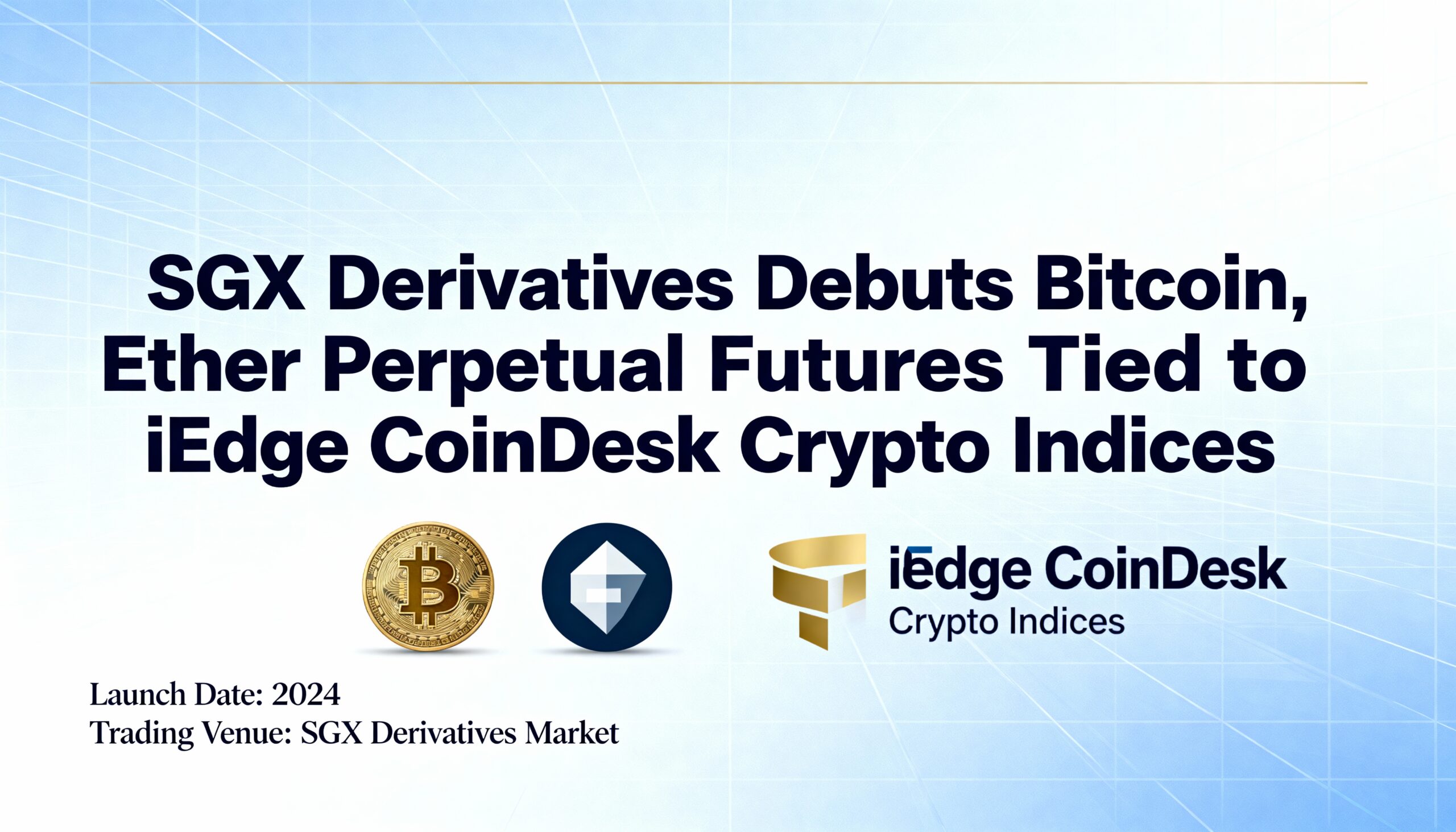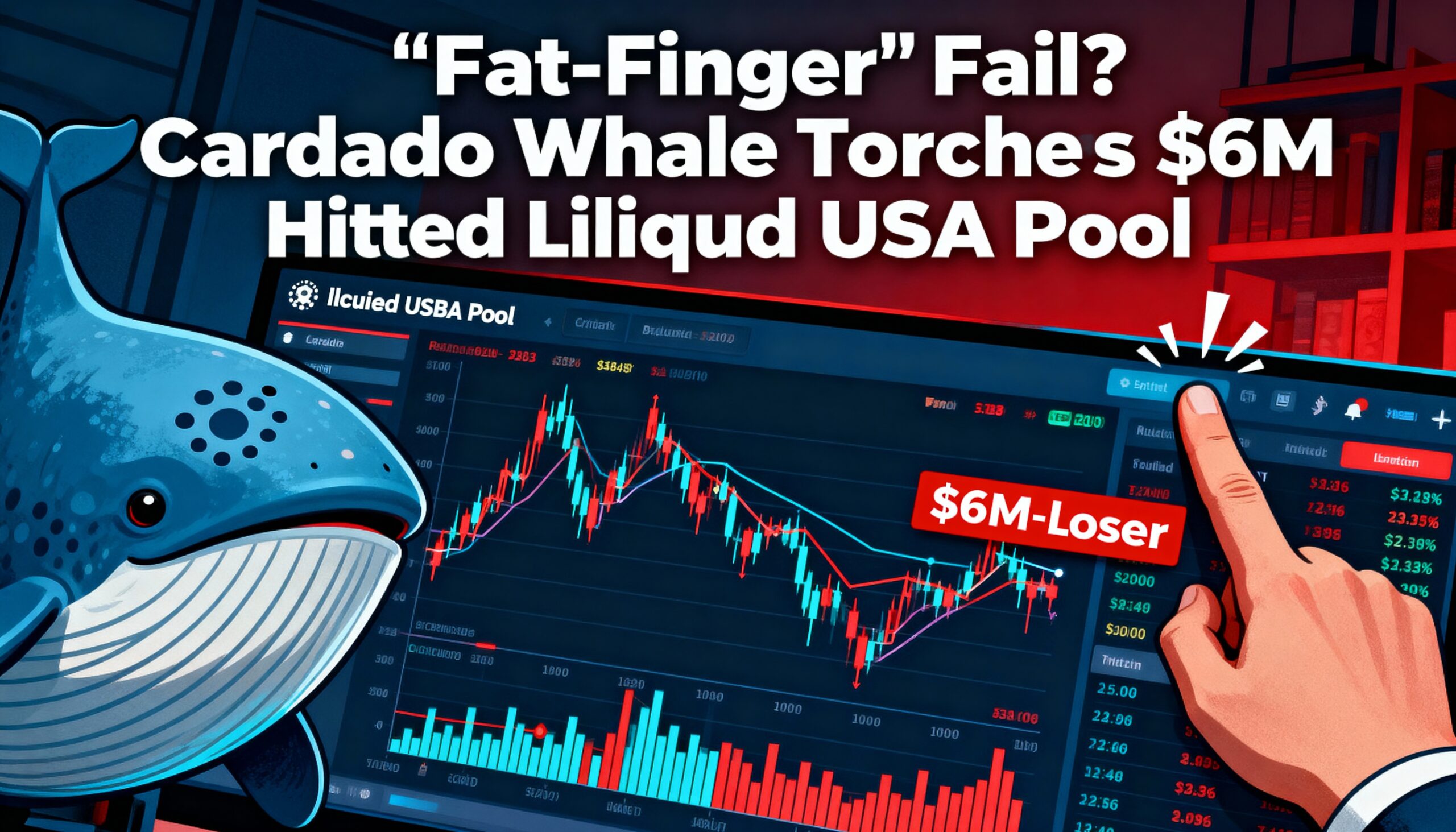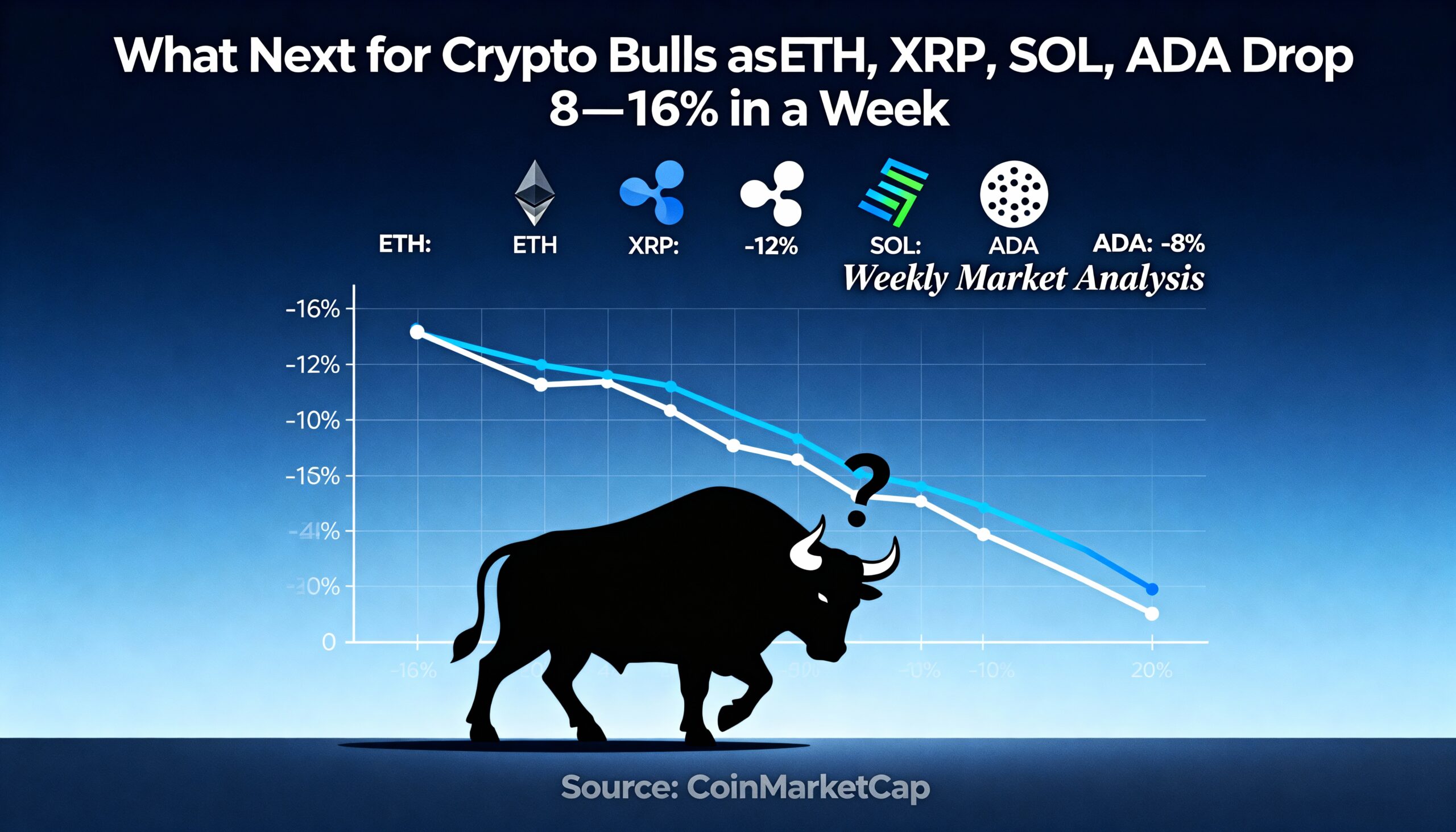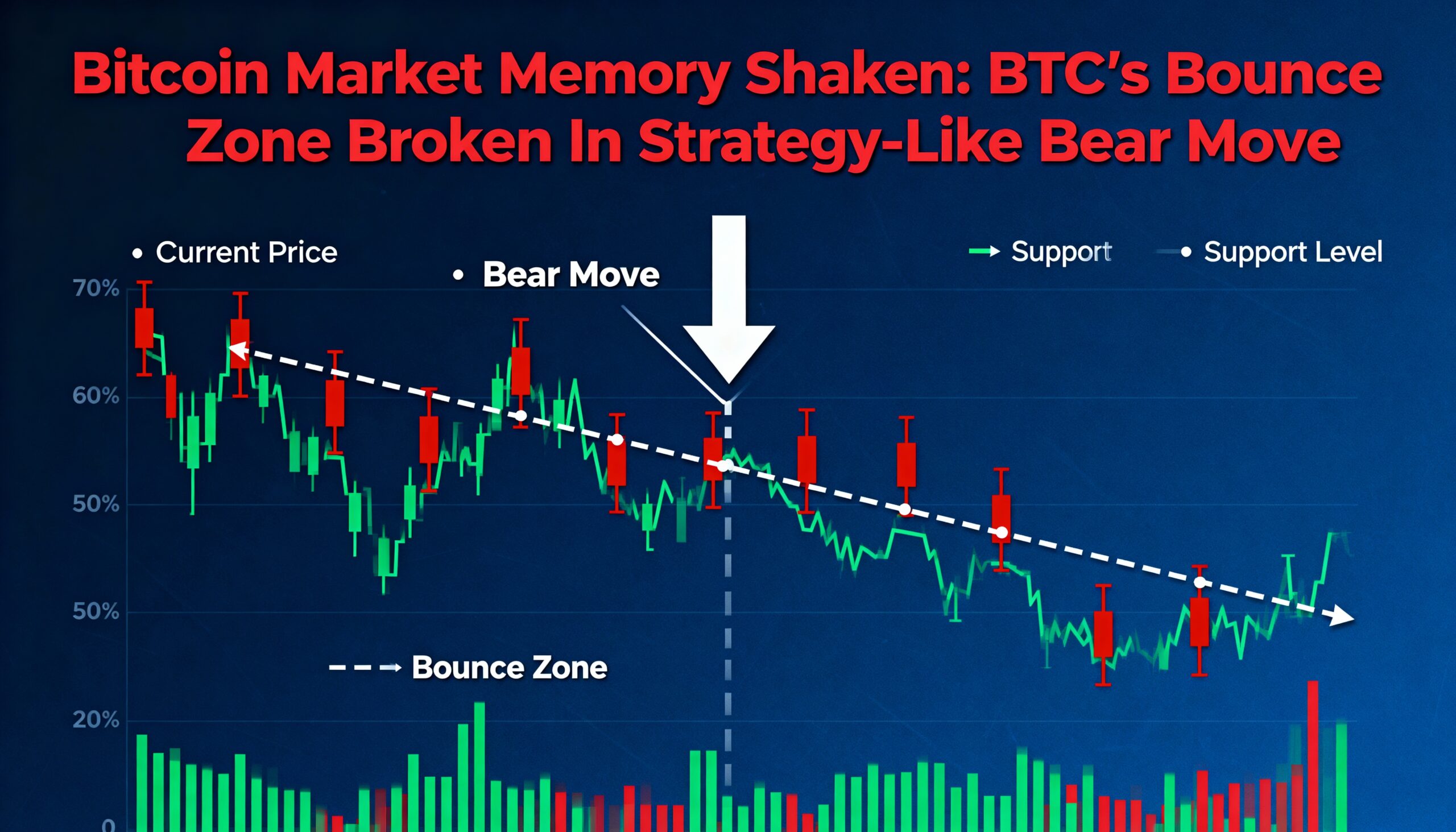
On December 18, the markets faced a significant jolt following the Federal Reserve’s 25 basis point rate cut and the hawkish comments from Chairman Jerome Powell, sparking widespread fear among investors.
Bitcoin (BTC) briefly dipped below $100,000, U.S. stocks saw a decline of nearly 3%, and the dollar index (DXY) surged to its highest level in two years, reaching 108, further increasing global currency pressure. The most dramatic movement, however, came from the CBOE Volatility Index (VIX), which soared by 74%, marking its second-largest one-day increase in history, following only the February 2018 spike. This sharp rise in the VIX highlighted a sudden spike in market fear and anticipation of heightened volatility.
Historically, significant VIX spikes have often signaled local bottoms for both Bitcoin and the S&P 500. On February 5, 2018, the VIX surged by 116%, while Bitcoin dropped 16% to $6,891, which later became a local bottom. By February 20, Bitcoin had climbed back above $11,000.
The VIX’s 74% spike on December 18 now ranks as the second-highest in history. The third-largest occurred on August 5, 2024, during the Yen carry trade unwind, when the VIX jumped 65%. On that occasion, Bitcoin fell by 6%, reaching a local bottom of $54,000, before rebounding to over $64,000 by August 23.
Data from Charlie Bilello, Chief Market Strategist at Creative Planning, also shows that the S&P 500 has followed a similar pattern, with sharp VIX spikes indicating potential market bottoms.
At press time, Bitcoin had managed to recover slightly, trading just above $102,000, and S&P 500 futures pointed to a modest 0.37% gain. Could history be about to repeat itself once again? Only time will tell.























